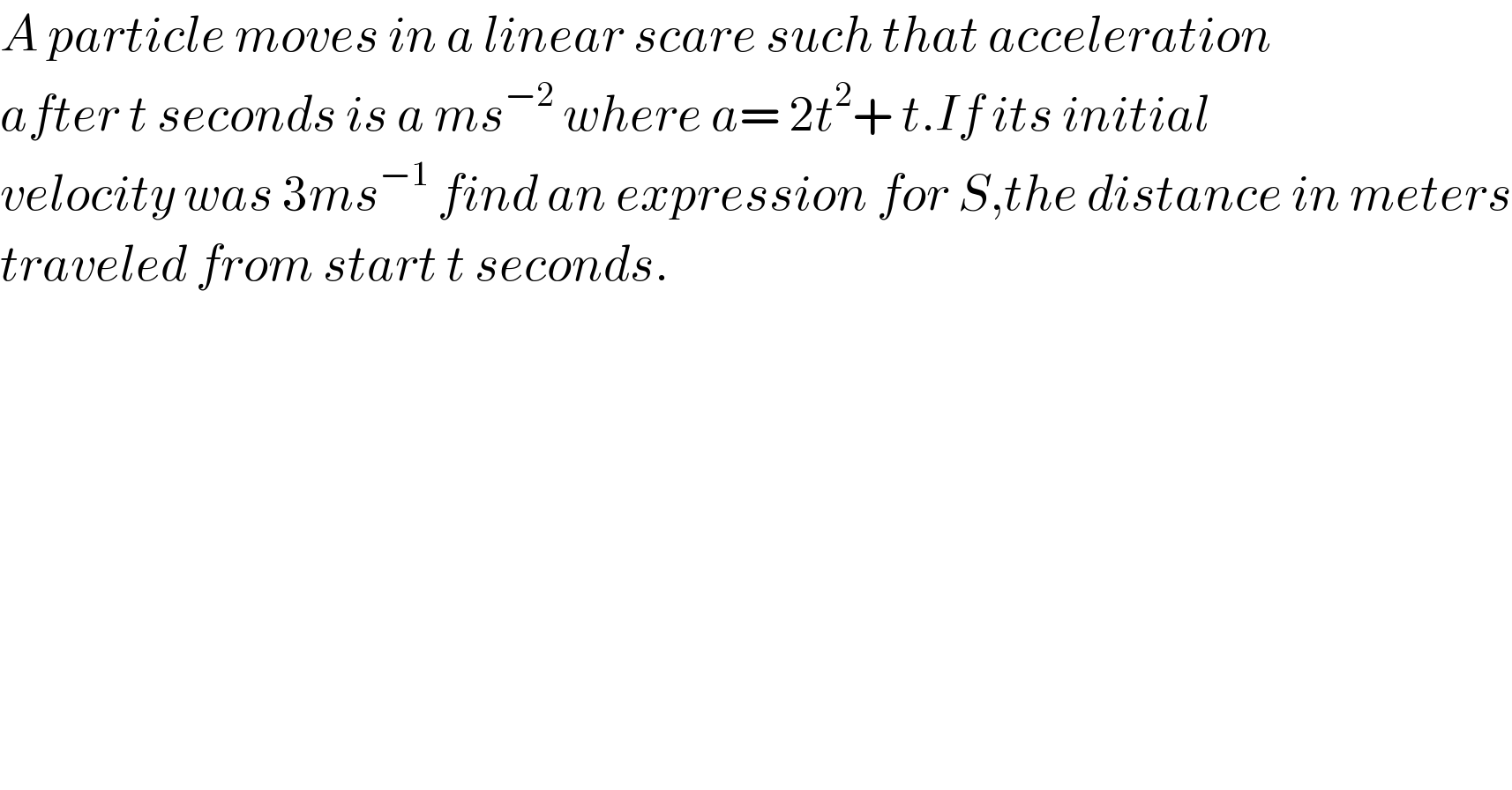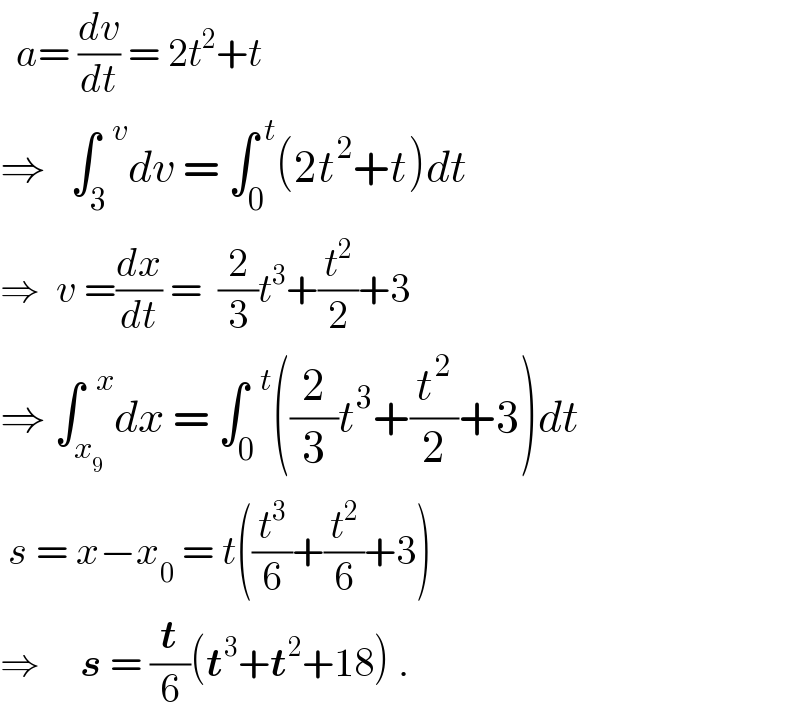Question Number 47967 by Rio Michael last updated on 17/Nov/18

Answered by ajfour last updated on 17/Nov/18

Commented by Rio Michael last updated on 17/Nov/18

Commented by ajfour last updated on 17/Nov/18

Commented by Rio Michael last updated on 18/Nov/18

